By Joe Berk
Today’s story is on two old assault rifles. Not the AR15s and other Rambo stuff that’s in the news all the time, but two really old rifles, with designs reaching back more than a century. I’ve spent many enjoyable days on the range with these rifles, and they are two of my favorites.
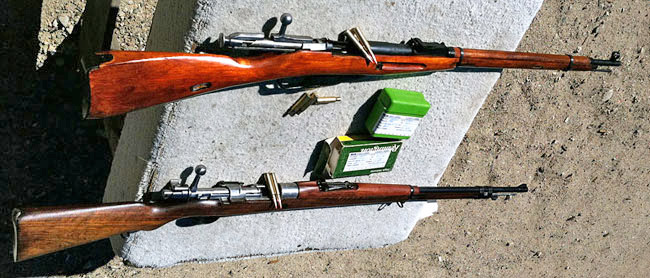
The one on the top is a Mosin-Nagant 91/30, which is a Russian rifle originally designed in 1891 and then modified in 1930. These old Mosin Nagant rifles were Russia’s primary infantry weapon in World War II. They were plentiful for a while, and then they all but dried up and the prices have increased significantly.
Before I bought my Mosin, I marveled at all the excitement over what I thought was a junk rifle. I had to find out for myself what these were all about, so I bought one labeled as “excellent” (it was anything but). That old Russian rifle is about as crude as it gets, but boy oh boy, can it shoot! It is very accurate, as you can see in the photo below.
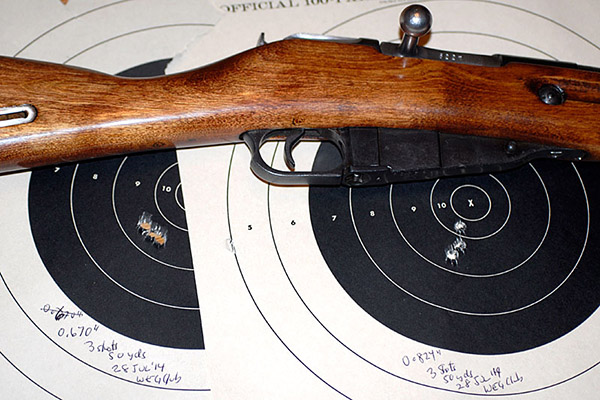
The other rifle in the photo above is an Argentine 1909 Mauser. Here’s another photo of it.

The Mauser uses a cartridge (7.65 x 53 Argentine Mauser) that is just about impossible to find today, so for that one I bought the tools that let me make cartridges from .30 06 brass. Doing so was fun. You run the 30 06 case into a special die that reforms it into the 7.65 Argentine cartridge, you trim the newly-formed case to the correct length, and then you reload the new case using the right dies for that cartridge. The photo below sort of shows the forming steps and the finished ammo…that’s a 30 06 round on top and two of my newly-minted 7.65 Argentine rounds on the bottom…
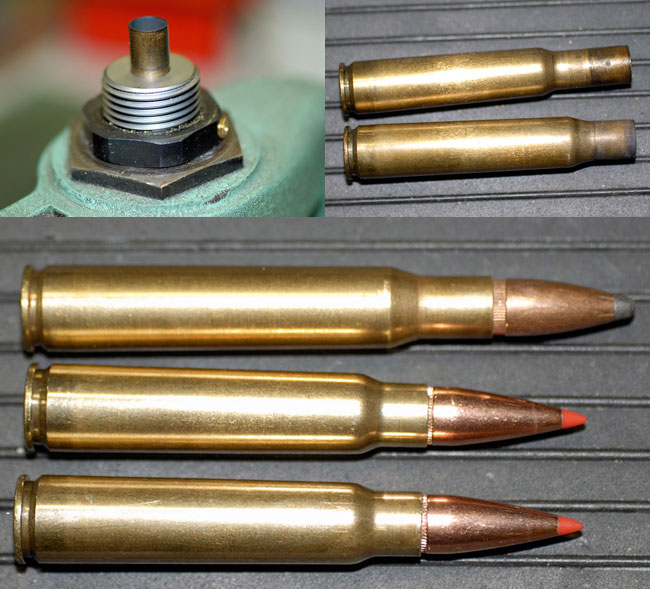
I was surprised at how well it all turned out, and I was really pleased with how well the old Mauser shot. It shoots 1-inch groups with iron sights, but with the rear sight at the lowest setting it shoots a foot too high. After researching this issue on the Internet, I found out that’s what those old German engineers intended. It’s zeroed for 300 yards at the lowest setting! The theory is that you aim at the center of your target for any distance up to 300 yards and you’ll hit it (as long as your target is about the size of an enemy soldier).
Looking at those two rifles, the Mauser has vastly finer machining, fit, and finish, and the Germans really got carried away serializing things. Even the cleaning rod has a serial number.

That got me to thinking about the Mosin Nagant and how rough it was compared to the Mauser. Even with its crude build quality, though, that old Russian rifle shot just as well as the Mauser.
You know, they say there’s nothing new under the sun, and to a great extent, that’s true. Paul Mauser invented the bolt action rifle, and it’s said he got the idea from a gate latch. The theme became the cover of my book on Unleashing Engineering Creativity, and it became the cover shot (featuring the very same rifle you see here). You can buy Unleashing Engineering Creativity by clicking on the title or the photo below.
Never miss an ExNotes blog:

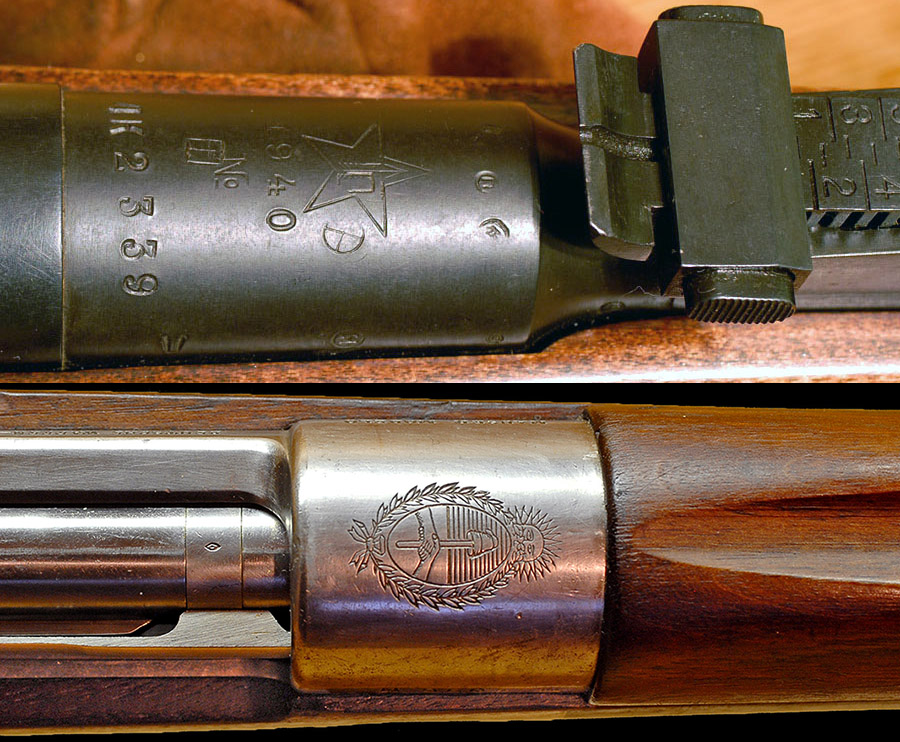
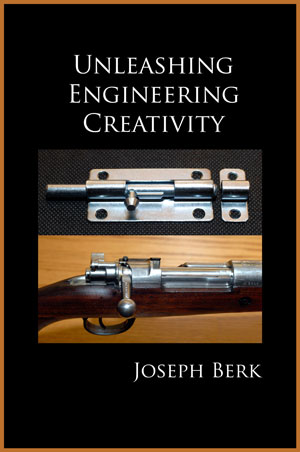
Thinking about adding a Mosin to the collection but prices are heading into the “wow, how much zone”. Whats better, the Russian or Finnish ones???
I’m told the Finnish ones are much better. How much of that is real, I don’t know. I’ve never owned one.
I gleefully agree; the prices on Mosins have gone up greatly. I got mine while the getting was good. Those days are over.
Nice old riles Joe! The Argentine Mauser is very cool. This past winter I started going over a Spanish Mauser M4 Air Force carbine in 7.92 x 57 mm, commonly called “8mm Mauser”. This was left behind by my late brother. It has been “sporterized”, which fortunately consists only of someone having cut the fore stock shorter and removing the handguard. All the other parts are original, and as with your Mauser the Spaniard version has virtually everything serialized with all matching numbers. The Spanish Air Force “wings” crest over the chamber look really cool. I’ve gone through it and it appears to be functional and ready to test fire. I’ve been on the lookout for some dies and looking forward to resuming this project after hunting season. Once I get it going I’ll have to prepare a review of it for ExhaustNotes. Bringing old obsolete guns back to life is a lot of fun, and educational too.
That sounds awesome, Joe. Looking forward to hearing more about this.